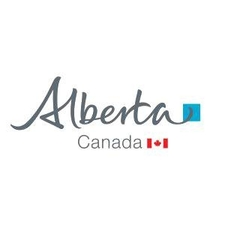SOIL-CLASSIFICATION
Type of resources
Topics
Keywords
Contact for the resource
Provided by
Formats
Representation types
Update frequencies
status
-

This map displays the distribution of the main soil types found within the province of Alberta. The distribution pattern of soils in Alberta is strongly linked to climate and parent materials. Climate affects the location of different soil groups. The driest area in southeastern Alberta is represented by the presence of Brown Chernozems. As one proceeds north and west, the soils and associated vegetation reflect the increase in available moisture.In Alberta, Organic soils generally occur in association with Luvisolic soils. These soils form under wet conditions where the organic layer (greater than 30% organic matter) accumulates faster than it decomposes. The organic layer varies in thickness from 40 to 160+ cm, and under natural conditions, the water table is at or near the surface. In some areas of the province, Organic soils may be artificially drained and used for agricultural production. This resource was created in 2002 using ArcGIS.
-

The SCA Map of Alberta reflects the integration of inherent agroclimatic conditions that exist across Alberta with soil development, use and management practices. The SCA boundaries coincide to a large degree with recognized climate zones in Alberta. These boundaries also generally agree with accepted ecoregion boundaries. In the agricultural portion of Alberta, SCA's correlate strongly with soil zone lines with further subdivisions reflecting recognized agroclimate zones.
 Arctic SDI catalogue
Arctic SDI catalogue